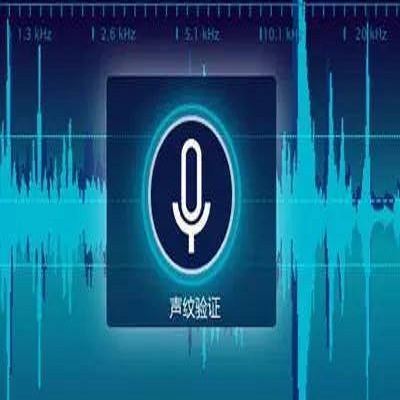Recognising previously visited locations is an important, but unsolved, task in autonomous navigation. Current visual place recognition (VPR) benchmarks typically challenge models to recover the position of a query image (or images) from sequential datasets that include both spatial and temporal components. Recently, Echo State Network (ESN) varieties have proven particularly powerful at solving machine learning tasks that require spatio-temporal modelling. These networks are simple, yet powerful neural architectures that -- exhibiting memory over multiple time-scales and non-linear high-dimensional representations -- can discover temporal relations in the data while still maintaining linearity in the learning. In this paper, we present a series of ESNs and analyse their applicability to the VPR problem. We report that the addition of ESNs to pre-processed convolutional neural networks led to a dramatic boost in performance in comparison to non-recurrent networks in four standard benchmarks (GardensPoint, SPEDTest, ESSEX3IN1, Nordland) demonstrating that ESNs are able to capture the temporal structure inherent in VPR problems. Moreover, we show that ESNs can outperform class-leading VPR models which also exploit the sequential dynamics of the data. Finally, our results demonstrate that ESNs also improve generalisation abilities, robustness, and accuracy further supporting their suitability to VPR applications.
翻译:在自主导航中,承认以前访问过的地点是一项重要但尚未解决的任务。当前视觉位置识别(VPR)基准通常对从包含空间和时间组成部分的相继数据集中恢复查询图像(或图像)位置的模式提出挑战。最近,回声状态网络(ESN)品种在解决机器学习任务方面证明特别强大,这需要时空建模。这些网络简单而强大,但神经结构 -- -- 在多个时间尺度和非线性高方位显示记忆 -- -- 能够发现数据中的时间关系,同时在学习中保持线性。在本文中,我们提出一系列ESN(或图像),分析其对VPR问题的适用性。我们报告说,将ESN(ES)品种添加到预加工的革命性神经网络,导致在四个标准基准(GardensPoint,SPEDTest,ESEX3IN1,Nordland)中与非经常网络相比性网络的性能大幅提高。这些网络表明,ESN能够捕捉到VPR问题中固有的时间结构。此外,我们展示了ESN(ENS)系列应用的准确性,我们最后可以展示出其直观性动态数据。




